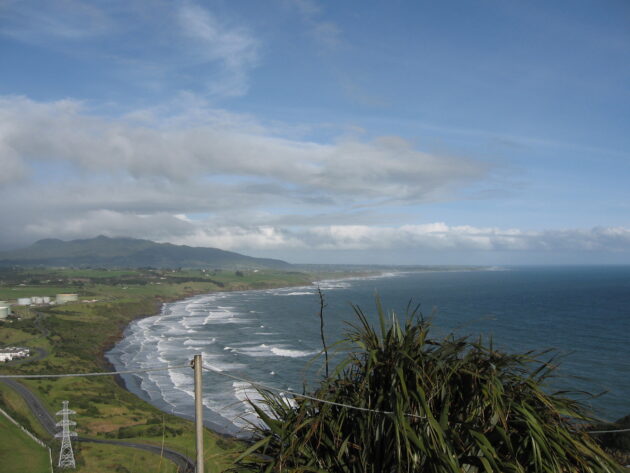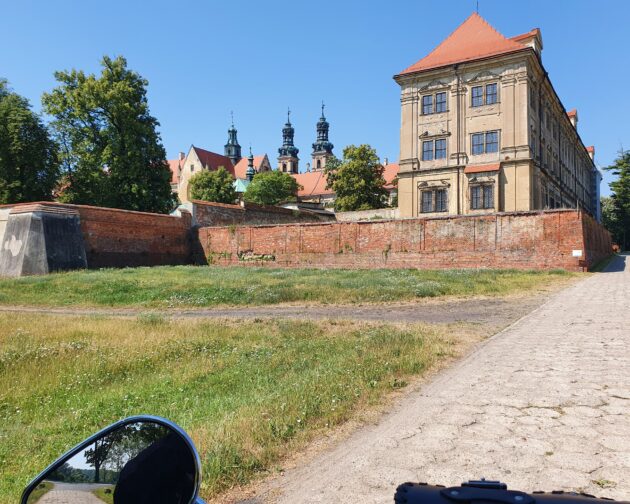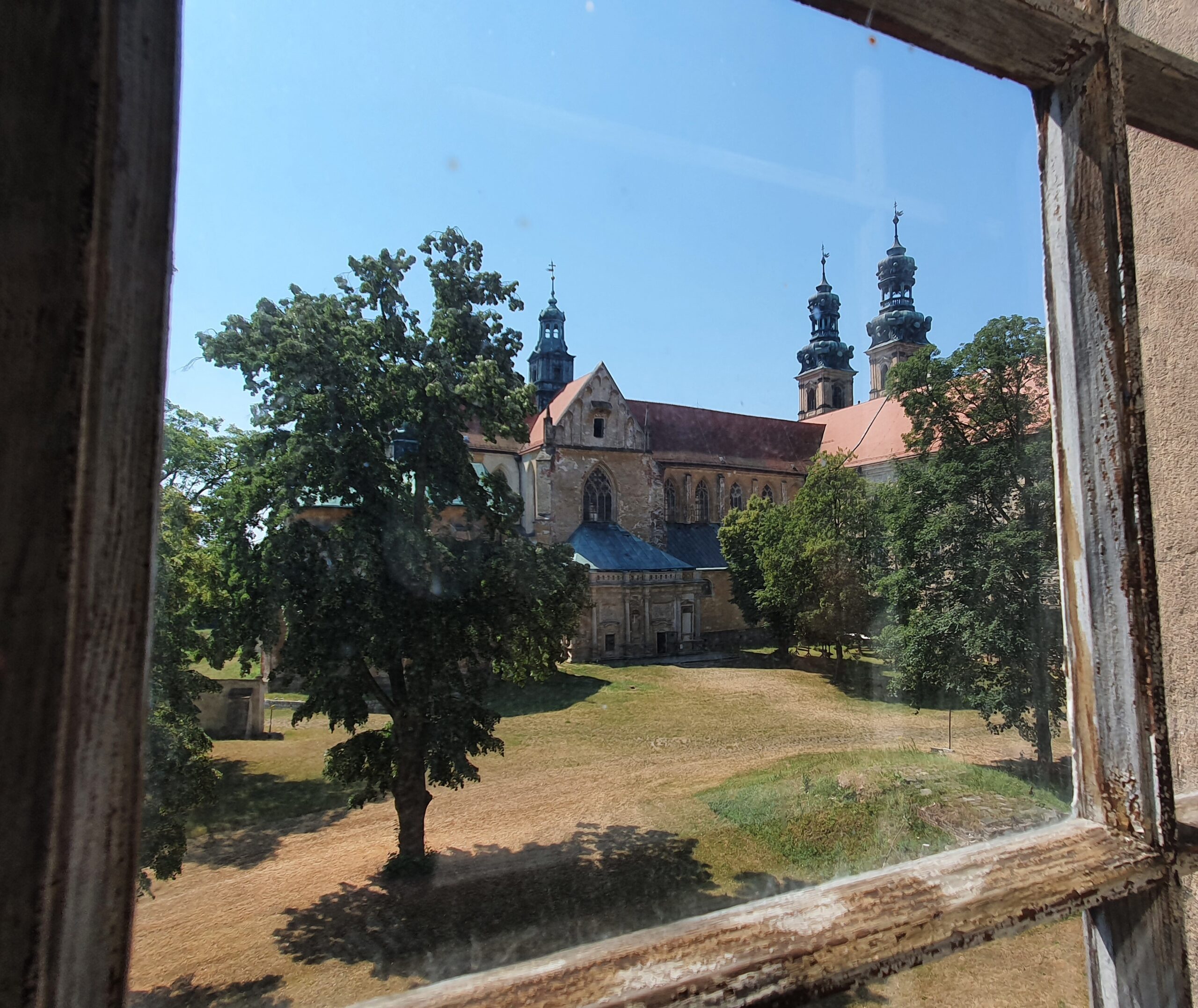**If readers want this series to continue please send your original photos to [email protected]
What can you tell us about this photo?

Yesterday’s photo was of Lubiaz Klastor – Lubiaz Abbey. Location Lubiaz, south-west Poland. Established 860 years ago, the abbey has a lot of history: too much to include here, so just some main points.
The abbey was founded by the Catholic Cistercian order of monks in 1163, in what was then Poland. It is the largest Cistercian abbey in the world. Its façade is 223 metres; there are over 300 rooms. The volume of the building is 330,000 m3 and it has 2.5ha of roof.
The monks developed a successful agricultural enterprise. The abbey also benefited from being on a river crossing for what was a long established trade route. By the middle of the 13th century, Lubi?? Monastery had founded around 70 villages, settled by German colonists. The economic strength of the monastery was consolidated from 1322 onwards by several gold mines in the area.
In 1327 Polish Duke Henry VI the Good died without male heirs. His lands including Lubi?? fell into the possession of the Kingdom of Bohemia (modern day Czech). By 1563 Bohemia had become part of the Austria Habsburg kingdom. In 1742, after the first Silesian war, the area became part of Protestant Prussia. The abbey was dissolved in 1810. The holdings of the abbey, including the contents of 59 villages and 32 agricultural holdings, were nationalised.
In 1813 the abbey was split between a royal stud farm and an insane asylum. The abbey served these two purposes until WW2. By 1942, the asylum was shut down for good and the abbey became the location of a telephone factory. Armaments and engines for V1 & V2 rockets were also manufactured there using forced concentration-camp labour.
The region was returned to Poland at the end of WW2. The abbey was not damaged during the war. However, from 1945 Soviet soldiers were quartered in the complex and a psychiatric hospital for them was set up. During this time, significant damage was inflicted upon the abbey, with interior decorations being deliberately defaced, wooden furniture burned in stoves and crypts being robbed for valuables.
After the Red Army soldiers withdrew in 1950, the devastated monastery was not used and had no owner. The building was left to rot. In 1989, following the end of communism in Poland, a charitable foundation was established that took ownership of the abbey. They are slowly renovating the building, but it is a painstaking and expensive process. Our guide told us that the foundation is desperately trying to pass ownership to the government, which has not taken them up on their offer.


NOTE: We prefer photos to be from a window with preferably part of the window in the shot.
They do not have to be exotic locations. They can be the view from your kitchen window or bedroom window or lounge room window or car window on the way to work.
Please put View From My Window in the subject line.

